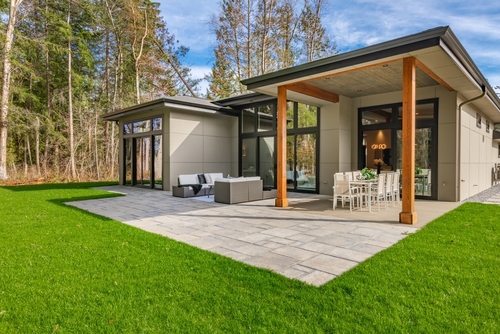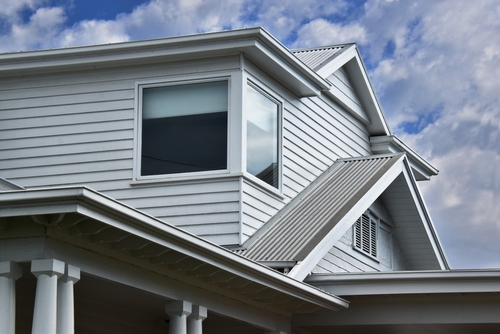The choice of pitch, or steepness, for your new roof can have a great impact not only on the aesthetics of your home but also on the functionality of your roof. This is why it’s important to carefully go through the design phase when building your roof in San Diego, CA together with your specialists in re-roofing near you and make the right decision.
In today’s text, we bring you essential information on how the pitch of your roof can affect your home so you can make an informed choice. Keep reading to find out more.
 How does pitch influence the design of a roof?
How does pitch influence the design of a roof?
The pitch or steepness of a roof shows a ratio of vertical rise to horizontal run. For instance, a pitch of 6:12 implies that it rises 6 inches for every 12 inches of horizontal stretch. This ratio can affect the performance of a roof in several ways:
Low vs high
A low-pitched construction typically has a ratio of 3:12 or less. It requires less material, which makes it less costly, and offers a contemporary look. However, it can require more frequent maintenance because of its reduced efficiency in snow and water drainage.
High-pitched roofs normally exceed the ratio of 9:12. They are typical for historical and traditional home styles. They’re highly efficient in shedding snow and water, which contributes to longer lifespan and a reduced risk of leakage. However, they also have a bigger surface area which is why they’re more expensive to build.
Material selection
Constructions that are less steep require materials that provide high water resistance, like thermoplastic TPO and PVC membranes, thermoset EPDM membrane, or built-up roofing (BUR). On the other hand, steeper roofs allow for a broader range of materials, such as metal, wood, and asphalt, as they offer excellent shedding capability.
Weather resistance and drainage efficiency
A well-designed pitch can significantly improve resistance to harsh weather conditions and the ability to manage runoff. High pitch is particularly effective for homes in regions that are prone to intense rain or heavy snowfall, since their steepness facilitates quicker water drainage to the gutters and prevents snow accumulation.
Aesthetics and functionality
Different pitch styles, like shallow slopes or steep gables, can reflect specific architectural styles, from the modern appeal of low-pitched roofs to the classic look of high-sloped structures. In addition, a higher pitch can provide more space for storage or even for conversion into a living area.
Ventilation and energy efficiency
High pitch typically allows for more insulation space and better air circulation. This way, it allows for enhanced temperature control within your home and potentially reduces energy costs. An attic under a high-pitched roof that’s properly designed can significantly improve ventilation and prevent the buildup of moisture.

Where in San Diego, CA can I find skilled experts for re-roofing near me?
If you’re not sure how often it’s best to re-roof your home, what the benefits of it are, or how to pick the right color for your roof, trust our experts at 619 Roofing to provide you with professional advice and a comprehensive service that matches your needs. With years of expertise and a team of reliable specialists, we’re here to make sure your home has the protection it deserves. Whether you need us in University City or another nearby neighborhood, we’ll be there for you. Get in touch with us today!Roof Pitch Explained | San Diego, CA Re-Roofing Near Me
 How does pitch influence the design of a roof?
How does pitch influence the design of a roof?